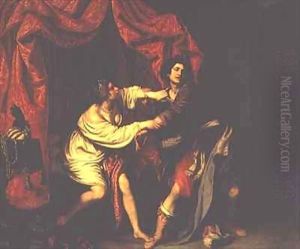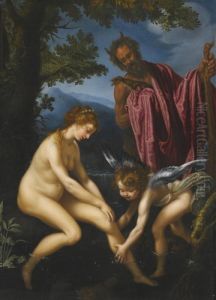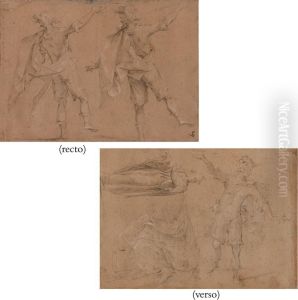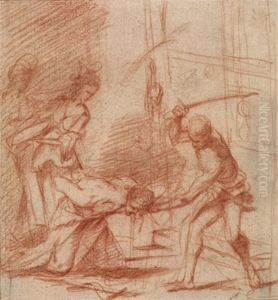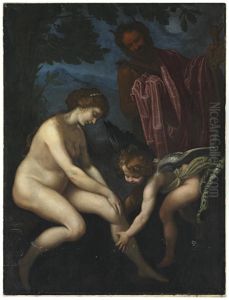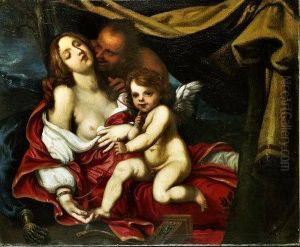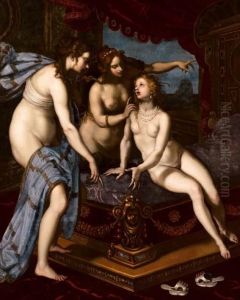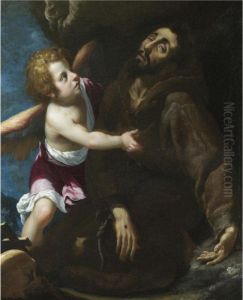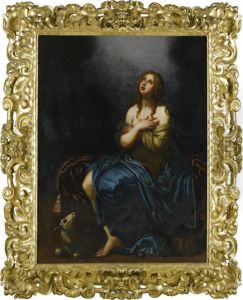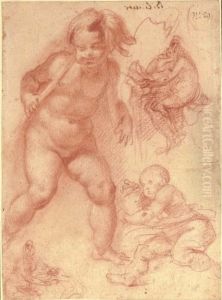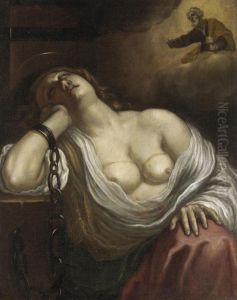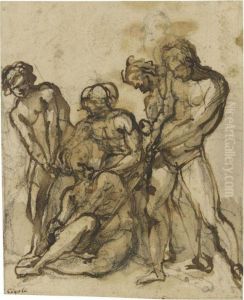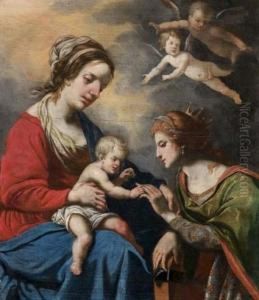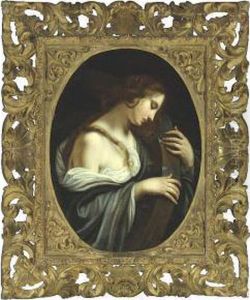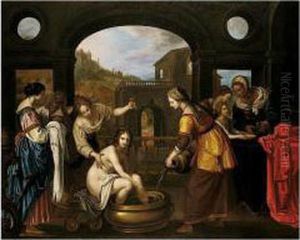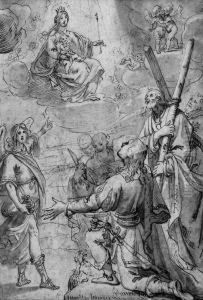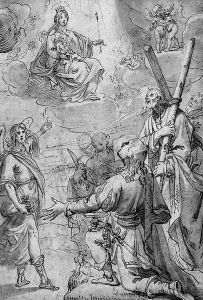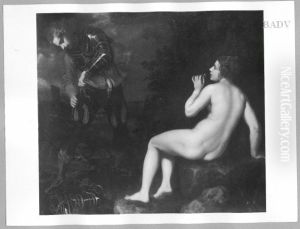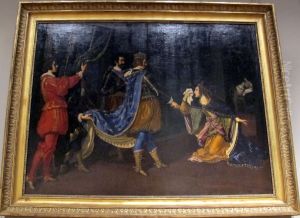Giovanni Biliverti Paintings
Giovanni Biliverti was an Italian painter of the early-Baroque period, active mainly in Florence. Born in Florence in 1585, he was the son of a goldsmith who originated from the Northern Netherlands. His father's profession and connections likely provided the young Giovanni with an early exposure to art and the process of meticulous craftsmanship, which would later influence his painting style.
Biliverti was initially trained by the Mannerist artist Santi di Tito, who was a leading figure in the Counter-Manifestation movement in Florence. Di Tito's influence is evident in Biliverti's early works, which are characterized by their clarity of form and serenity. However, Biliverti's style evolved significantly after he entered the workshop of the prominent Baroque artist Lodovico Cigoli. Cigoli's dramatic sense of lighting and more dynamic compositions had a profound impact on Biliverti's development as an artist.
During his career, Biliverti became well-known for his religious and mythological subjects, rendered with rich coloration and a meticulous attention to detail. His works often featured complex narrative scenes filled with emotion and energy. One of his most notable works is 'Diana and Endymion', which showcases his ability to depict soft textures and delicate figures, a testament to his skill in handling both composition and pigment.
Biliverti's talents earned him the patronage of the powerful Medici family, who were the de facto rulers of Florence and great patrons of the arts. His work was particularly favored by Cosimo II de' Medici, who provided him with a steady stream of commissions. This relationship with the Medici not only secured Biliverti's financial stability but also guaranteed his prominence in the Florentine art scene.
Despite his success, Giovanni Biliverti's works were later overshadowed by more prominent Baroque artists, and for many years his contributions to the art world were underappreciated. However, modern scholarship has begun to reassess his work, recognizing his role in the transition from Mannerism to the Baroque style in Florence.
Giovanni Biliverti died in Florence in 1644. His legacy is preserved in the form of his paintings, which can be found in various museums and collections in Italy and around the world. His meticulous technique and the refinement of his compositions continue to be studied and admired by art historians and enthusiasts alike.
